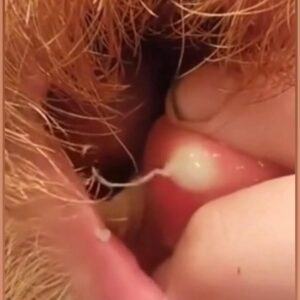On her wedding night, Laura twirled barefoot beneath glowing lights, radiant and carefree—or so it seemed. By morning, she had vanished without a trace. Her wedding dress lay untouched, her phone unmoved. Police searched, questioned, and dragged the pond, but Laura disappeared like a whisper. The silence that followed shattered her family. Her sister eventually moved into Laura’s room, gently packing her belongings but never daring to open them.
Ten years passed. Life dragged on—Luke remarried, their father died, and the joy in their home dimmed. Then one rainy day in the attic, Laura’s sister discovered a letter dated the day Laura vanished. In it, Laura revealed she was pregnant—with someone else’s child—and couldn’t bring herself to marry Luke under false pretenses. She had loved him, but not enough to live a lie. She left only an address in Wisconsin, in case anyone ever wanted to find her.
When her sister visited the address, she found a yellow house with sunflowers—and Laura. Older, softer, and at peace. A little girl named Maddie drew chalk hearts on the steps. Laura explained she chose truth and a quiet life over a performance. She had found love again—with someone who loved Maddie as his own—and finally had the honest life she longed for.
Back home, her sister told no one the full truth. She simply said she found “nothing.” That night, she burned Laura’s letter in quiet reverence, watching the words rise in smoke: “Love, always, Laura.” It wasn’t goodbye—it was closure. Peace had returned, not just to Laura’s yellow house, but to the heart that had waited all those years to understand.





